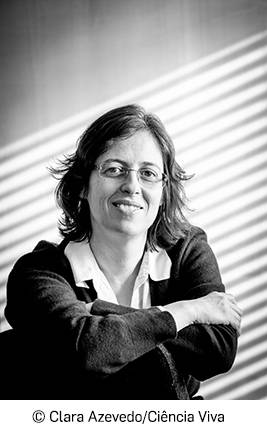
The process that allows bacteria to divide is crucial for their survival and a good target for the development of new antibiotics. Mariana Gomes de Pinho Lab, from Instituto de Tecnologia Química e Biológica of NOVA , has been working to unveil the molecular details of the coordination between peptidoglycan synthesis and cytokinesis in the bacterial pathogen Staphylococcus aureus, and they have taken it a step further with results published in Nature.
Peptidoglycan is the major component of the bacterial wall, responsible for protecting cells from mechanical stress. When a bacterial cell divides, it has to synthesize peptidoglycan to form a septum, which will split the mother cell in two identical daughter cells in a process called cytokinesis. The precise molecular mechanism of this process was unclear, with two competing models that have now been clearly understoodby the work developed at ITQB NOVA.
“There is a debate in the field regarding which force drives cytokinesis: is it provided by the cytoskeleton, more specifically by the protein FtsZ, which is the bacterial homologue of tubulin? Or is it provided by the synthesis of peptidoglycan, which can be considered as the bacterial exoskeleton? We have now answered this questions. We propose a model where S. aureus peptidoglycan synthesis machinery continuously incorporates peptidoglycan over the entire cell surface during the initial stage of the cell cycle, but is redirected to midcell in preparation for division”, according to Mariana Pinho. The researcher further clarified that “this causes massive peptidoglycan synthesis activity at the leading edge of the constricting septum. Once this happens, a compound that is known to inhibit FtsZ is no longer able to prevent cytokinesis”
The data published today indicates that the two current models proposed in the literature for the origin of the force driving cytokinesis can be reconciled. The authors propose that cytokinesis occurs in two steps: an initial, slow one, driven by FtsZ and that may be responsible for the initial invagination of the cell membrane, followed by a second, faster step, for which peptidoglycan synthesis provides the driving force.
This work follows a 2012 ERC Starting grant awarded to Mariana Pinho. In the next five years the researcher will continue the study regarding the resistence to anthibiotics since she recently received an ERC Consolidator Grant.
Know more abouth this study and check the full article on the website of ITQB NOVA.
Source: ITQB NOVA